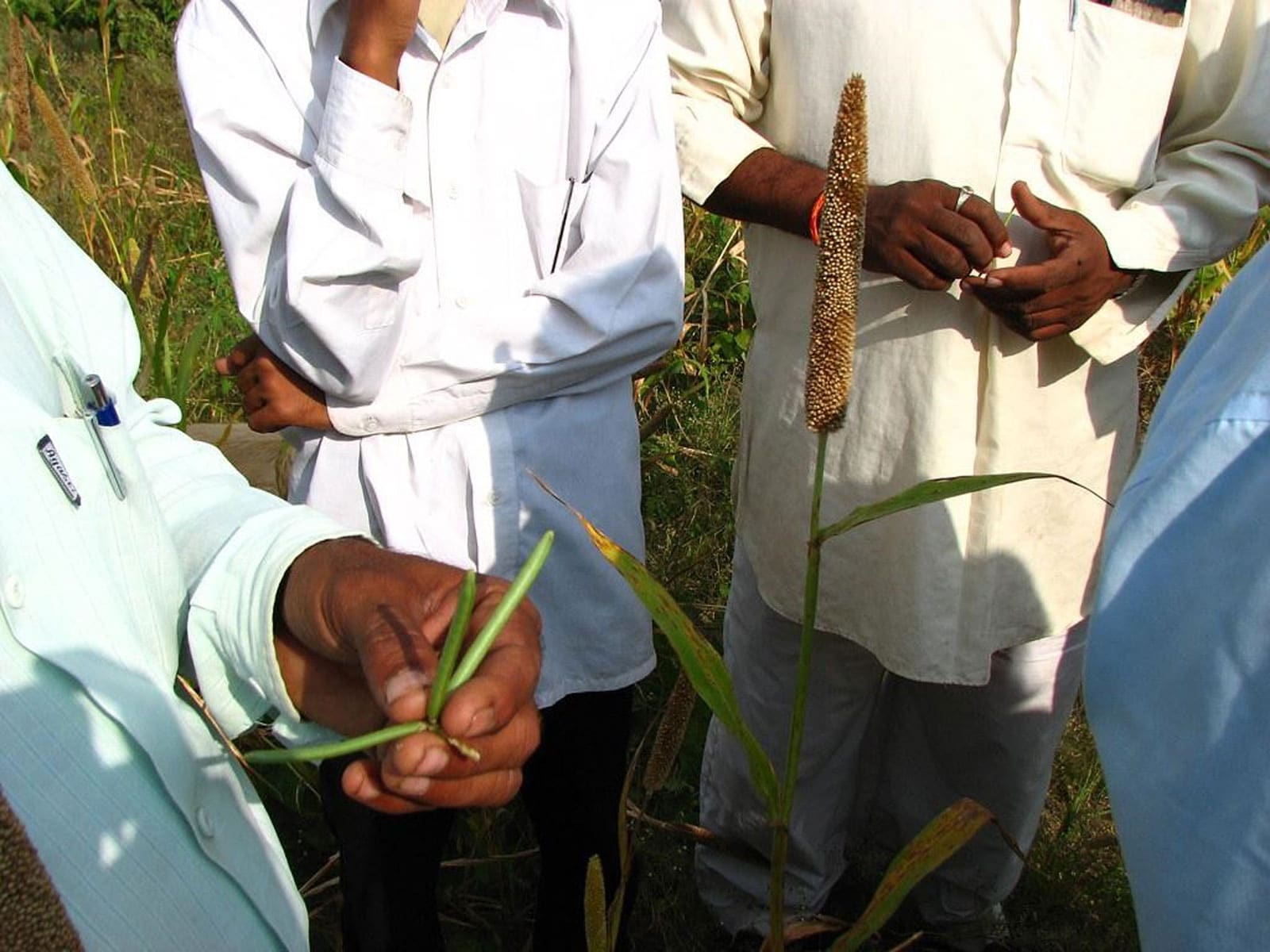Many smallholder farmers have limited access to agricultural extension services or are slow to adopt the practices extension agents teach. But a new study out of India makes an intriguing case that personalized extension services, tailored advice specific to individual farms, delivered via digital platforms may dramatically improve smallholder farm productivity.
“Personalized advice that is tailored to farmers’ specific needs and conditions should be expected to have larger effects.”
Farmex
In 2017, India’s National Bank for Agriculture and Rural Development and the public benefit corporation eKutir established a Farmer Producer Organization in the eastern Indian state of Odisha. This FPO comprises more than 1,000 vegetable farmers. As part of this project, eKutir launched Farmex, an online tool described as “a digital agri-tech platform” that can be accessed by smartphones via a downloadable app. Through Farmex, the government delivers individualized extension advice to the new FPO’s smallholder farmers.
In 2019, Pallavi Rajkhowa and Matin Qaim of the University of Bonn in Germany traveled to Odisha and collected data from both users and non-users of Farmex. “The total sample includes 1,105 vegetable-growing households, out of which 603 were members of the FPO and 502 were not,” the pair explained in findings published in the journal PLOS ONE (https://journals.plos.org/plosone/article?id=10.1371/journal.pone.0259319).
Smallholder outreach, big impact
Studies on the effectiveness of agricultural extension services often find only modest gains in smallholder farm productivity. But the results Rajkhowa and Qaim obtained from their digital technology-centric study weren’t modest at all: they found a consistent and strong positive relationship between the use of personalized digital agricultural extension services and smallholder farm productivity, though with the technical caveat of using control variables instead of the gold standard of randomization. “After controlling for confounding factors, digital extension adopters were found to have 15-20% higher input intensity, 18% higher crop productivity, and 18-29% higher crop incomes than non-adopters,” the research pair wrote. “These findings suggest that digital approaches and technologies can be effective tools to improve personalized agricultural extension and promote smallholder productivity and income.”
Of particular note, their research subjects were drawn mainly from India’s most marginalized rural communities. “Around 82% of the households belong to socially disadvantaged groups, including Scheduled Castes (SC), Scheduled Tribes (ST), and Other Backward Classes (OBC),” the authors explained. “SC, ST, and OBC are among the most disadvantaged groups in India, recognized as needing special policy attention by the Indian Government.” The personalized, digitalized agricultural extension tool appeared to greatly benefit smallholder farmers regardless of caste or social status.
The results are very promising, but far from definitive. Rajkhowa and Qaim caution that further investigation is warranted, though even if their results turn out to be biased future digital extension tools may work better.
Grow Further seeks to support technologies that work in smallholder farming, and the potential in personalized digital extension services is large.
— Grow Further
Photography credit: Farmers in India inspect crops in the field. World Resources Institute, Creative Commons.




